For cycling enthusiasts and competitive riders, the quest for speed is an ongoing challenge. Every part of the bike contributes to the overall performance, from the frame material to the gearing system. Among the most popular choices for speed-focused cyclists is the 11-speed aero road bike. These bikes promise improved aerodynamics, faster shifting, and a more efficient ride, but the question remains: is an 11-speed aero road bike worth the investment for those who are serious about speed?
1. Precision Shifting and Gear Range
One of the most significant upgrades you get with an 11-speed system is the increased gear range and smoother, faster shifting. Compared to a 10-speed bike, an 11-speed drivetrain allows for more closely spaced gears. This means you can make finer adjustments in your cadence, ensuring that you always find the perfect gear to optimize your pedaling efficiency—whether you're powering through flat stretches or tackling a challenging climb.
The added gears also give you a broader range, helping to maintain speed on varying terrains. For speed enthusiasts, having the ability to fine-tune your gear selection in response to changes in gradient or wind conditions is a huge advantage. In races or time trials where every second counts, this level of precision can make the difference between a podium finish and an also-ran result.
2. Aerodynamics and Speed
An aero road bike is designed with one goal in mind: speed. The frame geometry is optimized to reduce drag, and the bike’s overall design helps the rider achieve a more aerodynamic position. Combined with the 11-speed drivetrain, which allows for more efficient power transfer, an aero road bike helps cyclists maintain higher speeds with less energy.
The Trifox 2024 R241, for example, features a carbon fork and aluminum frame, a combination that delivers both aerodynamics and durability without sacrificing weight. The lighter frame, combined with the aerodynamic design, reduces wind resistance, allowing cyclists to achieve faster speeds with less effort. For speed enthusiasts, this means that you can ride faster, use less energy, and maintain high speeds over longer distances.
3. Better Control with Disc Brakes
In addition to the performance benefits of the 11-speed system, modern aero road bikes like the Trifox R241 come equipped with disc brakes. Disc brakes provide superior stopping power, especially in wet or variable conditions, allowing for better control at high speeds. For speed enthusiasts, having the confidence to brake effectively—without compromising safety or control—is crucial when navigating downhill stretches or tight corners during competitive events.
When you're pushing your bike to its limits, knowing that your braking system can handle the demands of high-speed riding offers peace of mind, ensuring you can focus on performance without worrying about safety concerns.
4. Enhanced Durability and Performance Over Long Distances
While the initial investment in an 11-speed aero road bike may seem steep, these bikes are built for durability. The quality of materials, such as the aluminum frame and carbon fork found in the Trifox R241, is designed to withstand the demands of long-distance rides, high-speed sprints, and tough training sessions. Aero bikes are engineered for riders who are pushing their limits, and these frames can handle the stress of aggressive riding.
Moreover, the S-Ride 2x11-speed groupset offers smooth, responsive performance over time, even as it experiences wear and tear. The added durability ensures that you're not just buying a bike for today but investing in a machine that will serve you well through many seasons of racing and training.
5. The Cost-to-Performance Ratio
One of the key considerations when purchasing any high-performance bike is the cost-to-performance ratio. While an 11-speed aero road bike like the Trifox R241 may come at a premium price compared to entry-level models, the performance gains in terms of speed, efficiency, and aerodynamics make it a worthwhile investment for serious cyclists. If speed is your top priority, the precision and control offered by an 11-speed system can significantly enhance your overall riding experience.
For speed enthusiasts, the ability to gain an edge in both training and competition can justify the investment. When you factor in the long-term durability and the advanced features like disc brakes and aerodynamic frame design, an 11-speed aero road bike offers both performance and value.
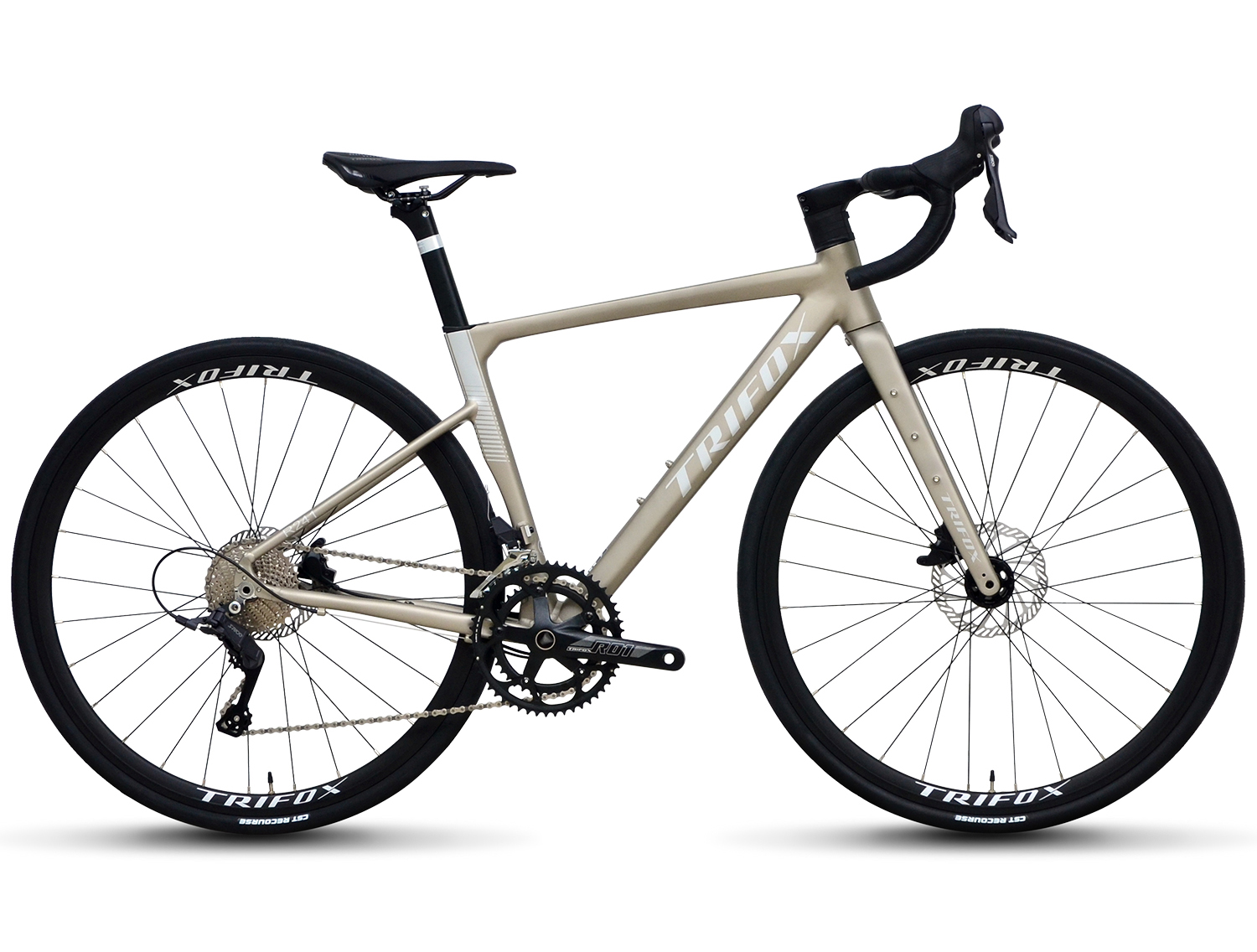
Conclusion
If you’re a speed enthusiast looking to elevate your riding experience, the 11-speed aero road bike is definitely worth the investment. With benefits like precision shifting, superior aerodynamics, better braking performance, and long-term durability, this bike type is built to optimize every ride. Whether you’re a competitive cyclist or a recreational rider aiming for higher speeds, a well-designed aero road bike like the Trifox R241 can help you achieve your goals while providing a thrilling and efficient ride.
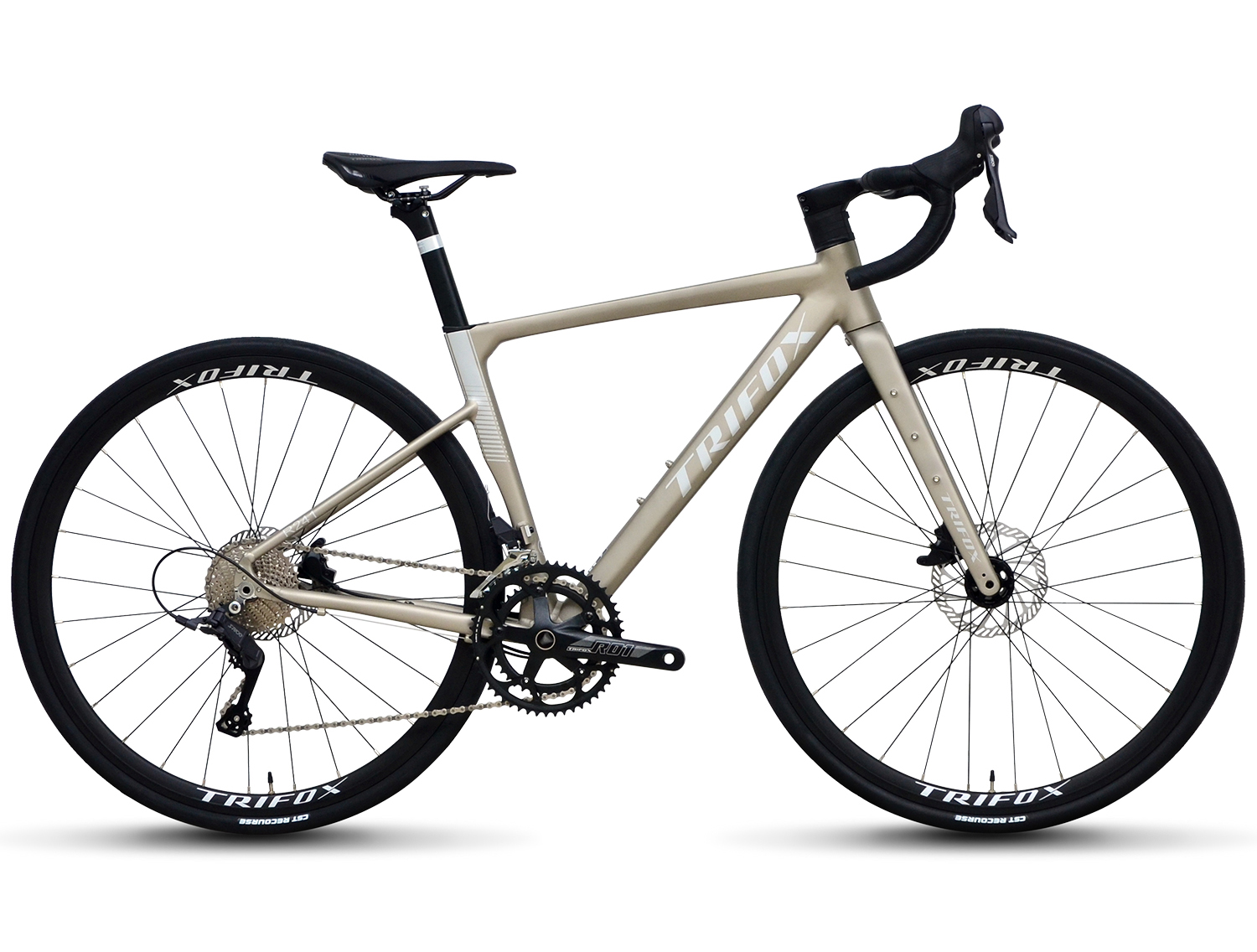

When it comes to competitive cycling, every second counts, and every gram saved can make a noticeable difference in performance. This is why the lightest road bike often becomes the top choice for elite athletes. But what exactly makes these feather-light bicycles so popular among competitive cyclists?
1. Speed and Efficiency
One of the most significant advantages of a lightweight road bike is the enhanced speed and efficiency it offers. In competitive cycling, particularly in races involving steep climbs or time trials, the ability to accelerate quickly and maintain momentum is essential. Lighter bikes require less effort to propel forward, especially uphill. This means that cyclists can conserve energy during long rides and still maintain high speeds.
While aero frames and gearing systems certainly play their roles, a light bike can be the difference between winning and losing when every fraction of a second counts. A lighter frame reduces the overall weight the cyclist needs to carry, making it easier to achieve faster lap times and quicker accelerations, especially when combined with an optimal riding position.
2. Improved Handling
Handling is another critical factor in competitive cycling. Lighter bikes offer more responsive handling, especially during sharp turns or when navigating through technical courses. When the bike’s frame is lighter, it requires less force to move it in the desired direction, leading to quicker adjustments and greater precision. This responsiveness can be particularly valuable in races that include tight corners or winding paths where every maneuver counts.
Additionally, lighter bikes often have better overall balance, making it easier to maintain control in various riding conditions, from fast descents to technical ascents.
3. Climbing Performance
Climbing is one area where the weight of the bike can make the most noticeable difference. Competitive cyclists, particularly those in events like the Tour de France or the Giro d'Italia, often face long, grueling ascents. The lighter the bike, the less weight the rider needs to push uphill, which can translate into better climbing performance.
A road bike that is designed with weight-saving materials, such as carbon fiber or high-end aluminum, allows a cyclist to exert less energy during climbs, giving them a competitive edge over riders with heavier bikes. This advantage becomes even more pronounced during sustained climbs, where maintaining speed while managing energy is crucial.
4. Comfort and Fatigue Reduction
While speed and efficiency are essential, the lighter weight of a road bike can also contribute to improved comfort over long distances. Lighter bikes often use materials that are not only strong but also engineered to absorb road vibrations and shocks better than heavier counterparts. This means less fatigue over time, even on rougher terrains.
Reducing fatigue is vital for maintaining high performance throughout a race, especially in multi-stage events. With less energy wasted on dealing with discomfort, cyclists can focus on pacing themselves and conserving their strength for critical moments.
5. Technological Advancements in Materials
Today’s lightest road bikes are built using advanced materials that provide strength without the added weight. Carbon fiber, for example, is incredibly light yet extremely durable, offering the perfect balance of stiffness and flexibility. Many premium road bikes incorporate these materials in their frame, fork, and wheels, making them more aerodynamic while minimizing weight.
Bike manufacturers, such as **Trifox**, are pushing the limits of design, creating bikes that combine cutting-edge materials with performance-oriented geometry. The result is a new generation of road bikes that are not only lighter but also stronger and more responsive than ever before.
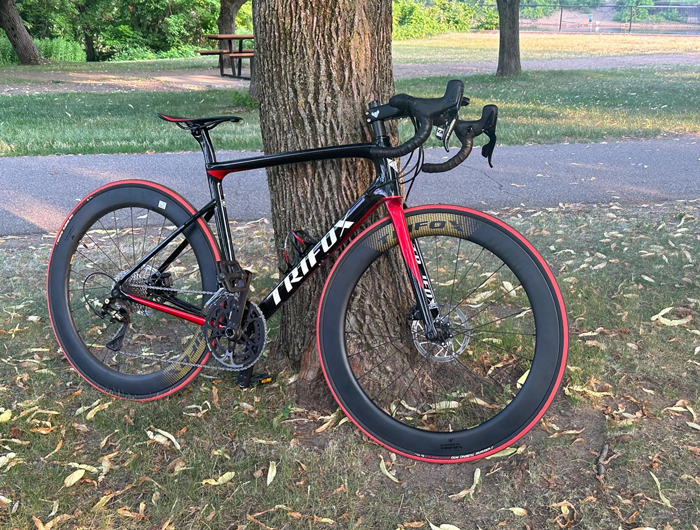
Conclusion
The lightest road bike isn’t just about shedding grams for the sake of weight—it’s about optimizing performance. Lighter bikes enhance speed, improve handling, and boost climbing capabilities, making them an essential choice for competitive cyclists. As technology advances and materials improve, these bikes are only becoming more specialized, allowing cyclists to achieve peak performance in every race. For any competitive cyclist looking to gain an edge, investing in a lightweight road bike is not just a choice, but a strategic move toward success.
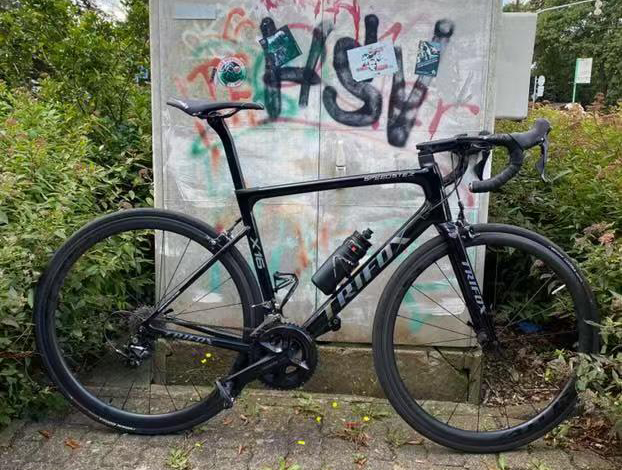
For cyclists, achieving optimal speed and efficiency is often the ultimate goal. Whether you're a competitive racer or an avid long-distance rider, every detail of your bike can contribute to your performance.
Among these details, the aero bike frame stands out as a critical component in enhancing cycling efficiency. With advancements in design and materials, such as the Trifox carbon road bike frames, cyclists can now experience remarkable improvements in speed and reduced drag, transforming their riding experience.
An aero bike frame is specifically designed to minimize air resistance, which is one of the primary forces working against a cyclist. By reducing drag, these frames allow cyclists to maintain higher speeds with less effort, directly translating to improved performance, especially over long distances and in competitive settings. The aerodynamic shape of the frame, with its sleek lines and strategically positioned tubes, cuts through the air more efficiently than traditional frames.
The Trifox carbon road bike frames epitomize this aerodynamic advantage. Constructed using high-quality carbon fiber, they offer both strength and lightness, which are essential for speed and agility. Carbon fiber is recognized for its superior strength-to-weight ratio, allowing frames to remain robust while being significantly lighter than their aluminum or steel counterparts. This reduction in weight means cyclists can accelerate faster, maintain momentum with less fatigue, and climb hills more effortlessly.
Moreover, the frame geometry plays a vital role in cycling efficiency. The angles and dimensions of an aero frame are meticulously crafted to optimize the rider's position, aligning the body in a way that reduces frontal air exposure. For instance, the Trifox frames are designed to promote an aggressive riding posture that is aerodynamic yet comfortable for long rides. This geometry not only aids in reducing drag but also enhances the rider's power transfer, ensuring that every pedal stroke is efficiently converted into forward motion.
The incorporation of advanced materials and precise frame geometry in aero bike frames also contributes significantly to stability and handling. At high speeds, maintaining control is crucial, and the stiffness provided by carbon fiber ensures that the bike responds promptly and predictably to the rider's input. Whether navigating sharp corners in a race or enduring long straight stretches on a time trial, an aero frame offers the confidence and control needed to maximize performance.
In competitive cycling, where every second counts, the benefits of an aero frame become even more pronounced. Reduced drag means that cyclists can save precious energy, which can be the difference between winning and losing in a tightly contested race. For long-distance riders, the energy savings afforded by an aero frame translate to less fatigue and greater endurance, allowing them to complete rides faster and with less physical toll.
Ultimately, the integration of an aero bike frame can significantly enhance a cyclist's efficiency by optimizing speed, reducing drag, and improving overall performance. The Trifox carbon road bike frames exemplify these benefits through their innovative design and state-of-the-art construction. Whether you're aiming for a personal best in a race or seeking a more enjoyable and efficient ride over long distances, an aero bike frame can be the key to unlocking your full cycling potential.
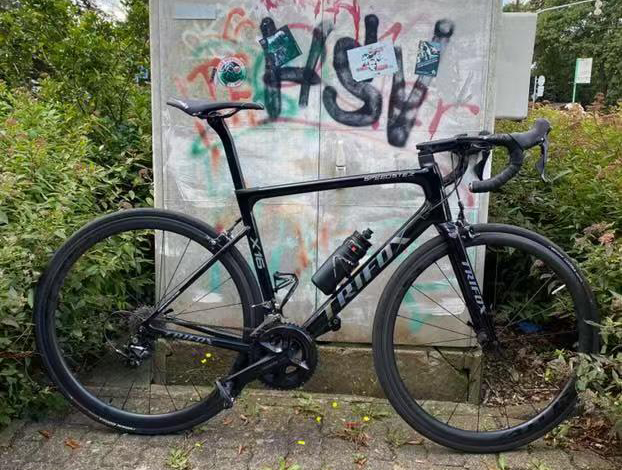
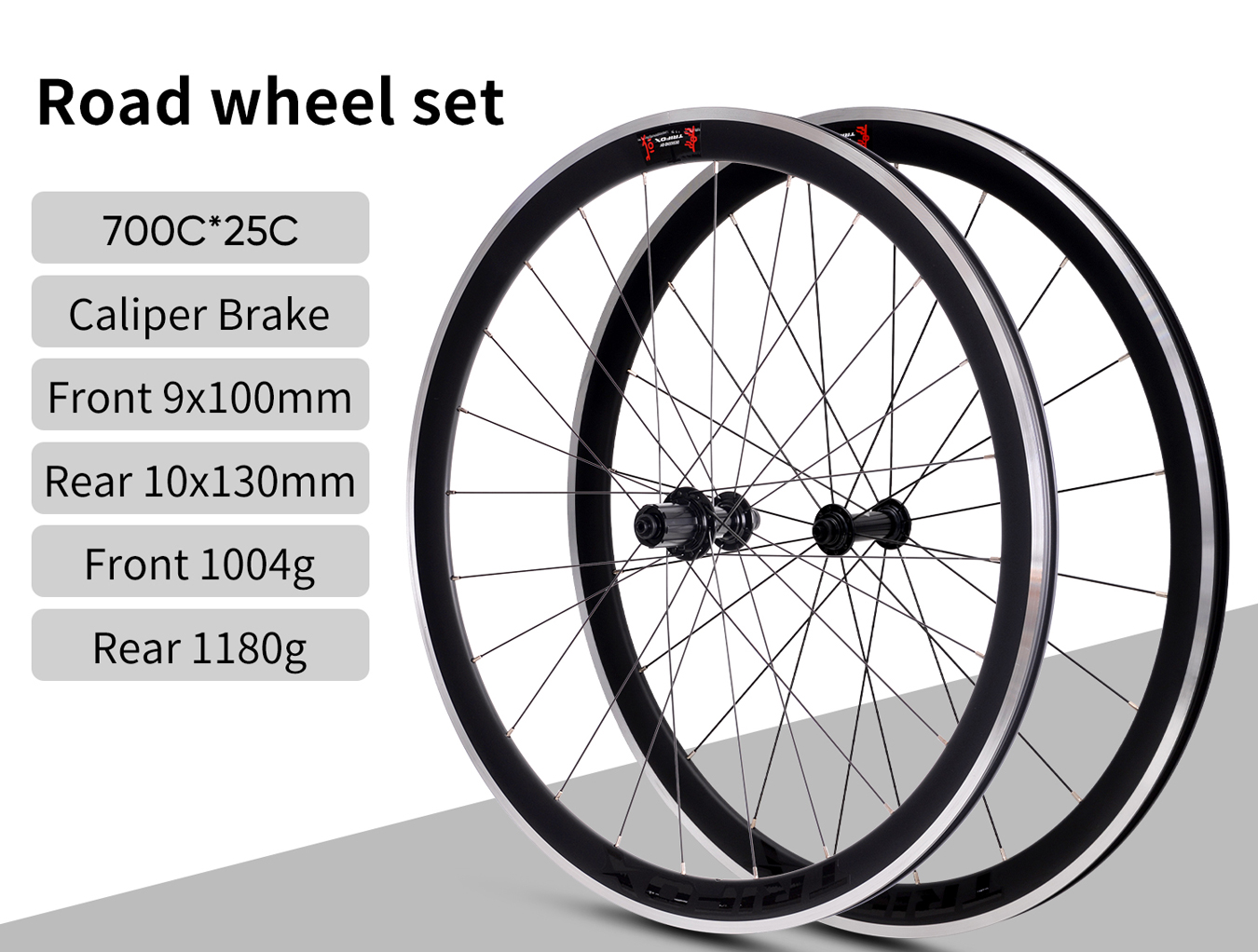
Cycling enthusiasts know that upgrading to a set of high-quality wheels can make a significant difference in performance and ride quality. Whether you're racing or simply seeking a smoother ride, carbon road bike wheels offer unparalleled benefits. But where can you find the best place to buy these wheels without breaking the bank? Look no further than Trifox Bike.
The Appeal of Carbon Road Bike Wheels
Carbon fiber wheels are prized for their lightweight structure and aerodynamic design, which help reduce drag and increase speed. Their material properties provide exceptional rigidity, allowing for precise handling and improved power transfer during climbs and sprints. Additionally, carbon wheels absorb vibrations better than their alloy counterparts, ensuring a more comfortable ride over long distances.
Why Choose Trifox Bike for Your Wheel Upgrade?
Trifox Bike is a standout choice for those seeking affordable yet high-quality carbon road bike wheels. As a prominent Chinese manufacturer, Trifox offers a range of wheelsets that cater to different cycling needs:
1. Diverse Options: Trifox provides carbon road wheels suitable for both disc brake and V brake systems. Whether you're upgrading a racing bike or a touring setup, their selection ensures compatibility with your existing gear.
2. Competitive Pricing: With discounts reaching up to 46%, Trifox Bike makes carbon wheels more accessible. For instance, the Carbon Road Bike Wheels WT18 is available for $429, down from $799, offering substantial savings.
3. Quality and Reliability: Reviews from satisfied customers highlight the durability and performance of Trifox wheels. Constructed with precision and tested for quality, these wheels promise to deliver on both performance and longevity.
4. Customer Support and Convenience: Trifox provides free shipping on orders over $50, ensuring your new wheels arrive quickly and without extra cost. Their 24/7 live chat support is available to address any inquiries or issues, enhancing the buying experience.
What to Look for When Buying Bike Wheels
When selecting the perfect set of wheels, consider the following factors to ensure you're getting the best value:
- Weight: Lighter wheels can significantly enhance acceleration and climbing efficiency. Consider the weight of the wheelset in relation to your cycling goals.
- Brake Compatibility: Ensure the wheelset is compatible with your bike's braking system, whether it's disc or V brakes.
- Aerodynamics: For those focused on speed, wheels with a deep rim profile can reduce air resistance and improve performance.
- Durability: Check reviews and specifications to confirm that the wheels can withstand your typical riding conditions, whether it's smooth tarmac or rougher paths.
- Warranty and Support: A solid warranty and responsive customer support are crucial for peace of mind, especially when investing in premium components.

Conclusion
Finding the best place to buy bike wheels involves balancing quality, performance, and cost. Trifox Bike provides an excellent solution for cyclists looking to upgrade their road bike wheels without overspending. By focusing on essential features like weight, brake compatibility, and customer reviews, you can confidently select a wheelset that enhances your cycling experience. Whether you're a competitive racer or a weekend rider, Trifox Bike offers a compelling combination of affordability and quality that's hard to beat.
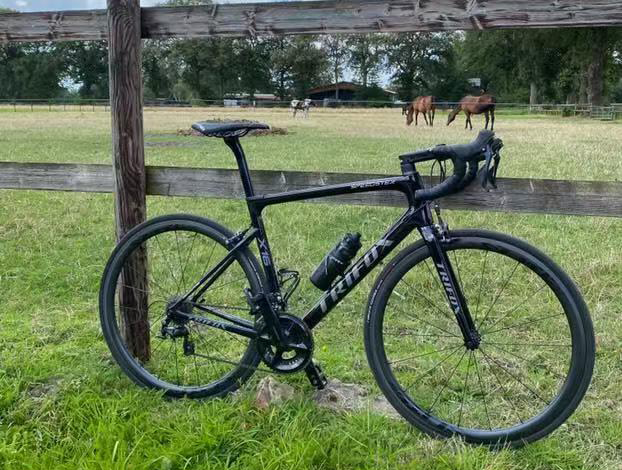
When it comes to cycling, carbon road bikes are the gold standard for those seeking a lightweight, durable, and performance-driven experience. However, finding an affordable option without compromising quality can be challenging. Fortunately, brands like Trifox Bike offer a compelling solution with their range of carbon road bike frames.
The Appeal of Carbon Road Bikes
Carbon fiber bikes are renowned for their strength-to-weight ratio, providing a smooth and efficient ride. The material's ability to absorb road vibrations enhances comfort, making long rides more enjoyable. Additionally, the flexibility in design allows manufacturers to optimize aerodynamics and stiffness where it's needed most, translating to better performance on the road.
Trifox Bike: A Budget-Friendly Option
Trifox Bike stands out as a budget-friendly manufacturer offering high-quality carbon road bike frames. Their frames are available in various styles, including AERO style, lightweight style, and both quick-release and thru-axle disc brake options. This variety ensures that you can find a frame that matches your riding style and preferences.
Affordable Pricing and Discounts
One of the most appealing aspects of Trifox Bike's offerings is the affordability. With discounts ranging up to 59%, you can purchase a carbon road bike frame for as low as $399. For instance, the Carbon Road Bike Frame X8QR is available at a significant markdown, making it an attractive option for cost-conscious buyers. Such competitive pricing ensures you get the best value for your investment.
Features to Look For
When purchasing a cheap carbon road bike, it's crucial to consider several factors to ensure quality and performance:
1. Frame Weight and Material: Opt for a lightweight frame that offers durability and strength without adding unnecessary weight.
2. Aerodynamics: Consider frames with aerodynamic designs, particularly if speed is a priority in your rides.
3. Brake Compatibility: Choose between quick-release V brake and thru-axle disc brake styles based on your braking preference and terrain.
4. Customer Reviews: Checking reviews can provide insights into the frame's performance and reliability.
5. Warranty and Support: Ensure the manufacturer offers a solid warranty and customer support, giving you peace of mind in your purchase.
Why Choose Trifox Bike?
Trifox Bike not only offers affordable carbon frames but also provides a comprehensive online shopping experience. They offer free shipping on orders over $50, ensuring that your purchase arrives quickly and without additional cost. Moreover, their 24/7 live chat support means you can get assistance whenever needed. With secure payment options, purchasing from Trifox is both safe and convenient.
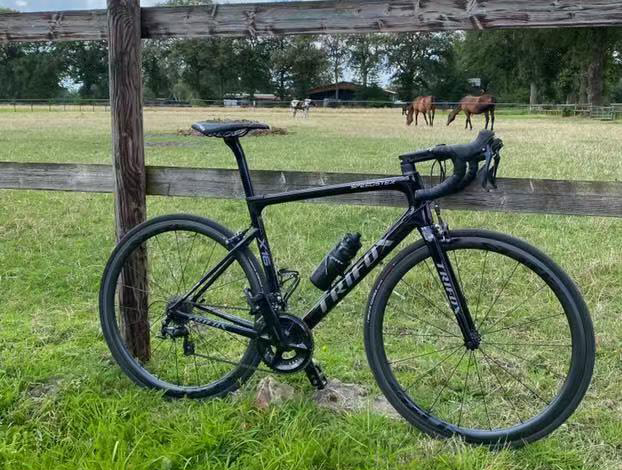
Conclusion
Finding the best cheap carbon road bike involves balancing cost with features and quality. Trifox Bike's range of carbon road bike frames presents an excellent option for those seeking performance without breaking the bank. By focusing on essential features like weight, aerodynamics, and customer reviews, you can ensure you select a bike that offers both value for money and a superior riding experience. Whether you're upgrading your current bike or buying your first carbon frame, Trifox Bike provides an accessible entry point into the world of high-performance cycling.
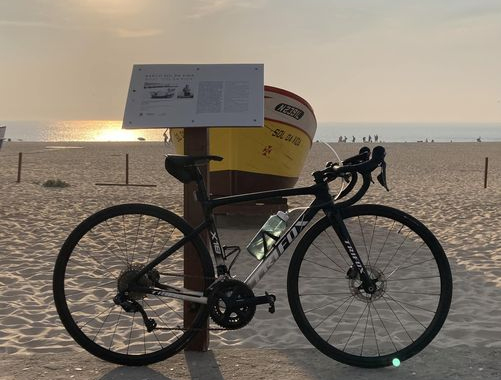
Finding a high-quality bicycle frame without spending a fortune is a top priority for many cycling enthusiasts. Whether you're building a bike from scratch or upgrading an old one, the frame is the foundation of your ride, influencing its performance and durability. Fortunately, there are strategies to find affordable yet quality frames that meet your needs. Here’s how you can get started without stretching your budget.
1. Know What You Need
Start by understanding your cycling needs. Are you a road cyclist, mountain biker, or someone who enjoys leisurely rides? Knowing the primary use will help you focus on the right type of frame. For instance, road bike frames are designed for speed and efficiency, while mountain bike frames are built for durability and control on rough terrains.
2. Focus on Frame Material
Frame material significantly impacts both performance and price. Common materials include aluminum, steel, titanium, and carbon fiber. Each has its pros and cons:
- Aluminum: Lightweight and affordable, suitable for beginners and casual riders.
- Steel: Known for its durability and smooth ride quality, though heavier.
- Titanium: Offers strength and lightness but is typically more expensive.
- Carbon Fiber: Lightweight and strong, ideal for performance-focused cyclists.
Trifox Bike offers carbon road bike frames at a fraction of the usual cost, providing an excellent option for those seeking lightweight and durable frames without the premium price tag.
3. Look for Discounts and Deals
One way to save money is by shopping during sales or looking for discounts on last season's models. Trifox Bike, for example, often offers significant discounts on their carbon road bike frames, such as the X8QR and X12 models, which are available at over 50% off with free shipping on orders over $50.
4. Compatibility with Components
Ensure the frame is compatible with your existing or intended components. Check the frame’s specifications, such as wheel size, brake type (disc or rim), and bottom bracket type. Trifox provides detailed information on their frames, making it easier for you to verify compatibility.
5. Read Reviews and Get Recommendations
Before finalizing your purchase, read customer reviews and seek recommendations from fellow cyclists. This can provide insights into the frame's performance and durability. Trifox Bike's website features reviews for each frame, helping you make an informed decision.
6. Consider Buying Direct
Buying directly from manufacturers like Trifox can often result in better deals, as it eliminates retailer markups. This approach can offer better value for your money while still providing a high-quality product.
7. Don't Sacrifice Quality for Price
While it's essential to stay within your budget, compromising too much on quality can lead to higher costs down the line due to maintenance or replacement needs. Look for frames that balance affordability with durability and performance.
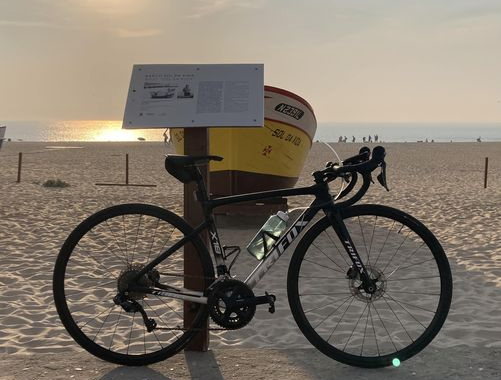
Conclusion
Finding a quality bicycle frame without breaking the bank is achievable with the right approach and resources. By focusing on your needs, understanding frame materials, and seeking out deals, you can secure a frame that offers both performance and value. Trifox Bike stands out as a great option, providing high-quality carbon frames at competitive prices. With the right frame, you'll be well on your way to enjoying countless hours of cycling, confident that you've made a smart investment.
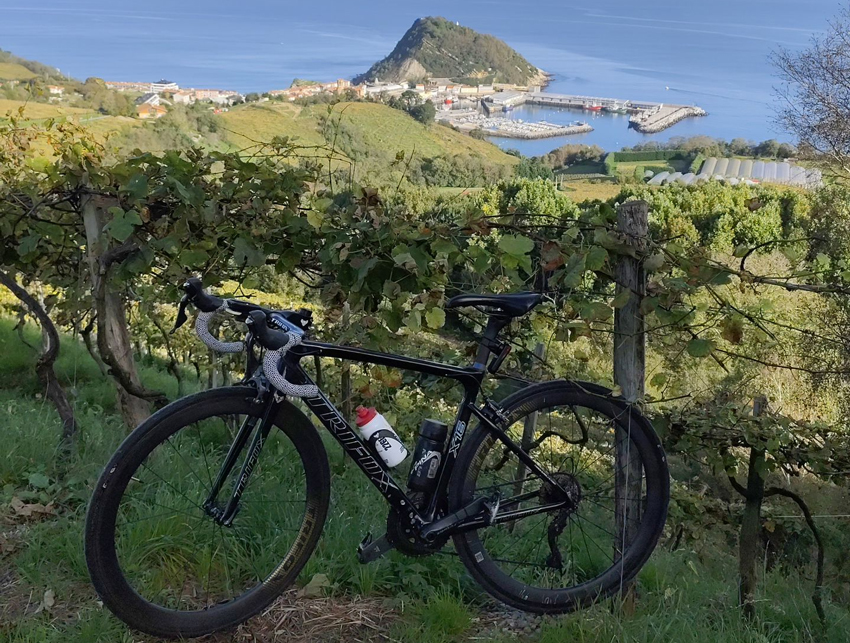
Trifox has established itself as a formidable name in the cycling world, renowned for its cutting-edge technology and innovative designs. At the pinnacle of their offerings is the Trifox X16, the brand's flagship road bike frame, which is available in two distinct versions: the X16TA and the X16QR. Both models boast remarkable features that appeal to cyclists seeking performance, durability, and aesthetic appeal.
The X16TA model features a disc brake system, providing enhanced stopping power and control, particularly beneficial in varying weather conditions. Meanwhile, the X16QR is equipped with a traditional V-brake system, catering to those who prefer the classic setup. Both frames are crafted from high-quality T800 carbon fiber, celebrated for its lightweight properties, strength, and ability to absorb road vibrations. This material ensures that each ride is not only smooth but also responsive, offering cyclists the perfect blend of comfort and speed.
One of the standout features of the X16 frames is their internal cable routing design. This thoughtful engineering choice not only contributes to a sleek and uncluttered appearance but also enhances aerodynamics, allowing for a more efficient ride. The internal routing also means less maintenance and a reduced chance of cable damage, prolonging the lifespan of the components.
Both the X16TA and X16QR are compatible with both DI2 and mechanical systems, showcasing their versatility. Cyclists can choose between electronic precision or mechanical reliability, depending on their preferences and needs. This adaptability, combined with the frame's ability to support tires up to 25mm, makes the X16 a suitable choice for a variety of cycling activities—from competitive racing to leisurely long-distance rides.
Aesthetically, the Trifox X16 frames are available in a range of color options, including matte black, chameleon blue, and red & black, allowing cyclists to personalize their rides according to their style. The visual appeal of these frames, coupled with their performance capabilities, makes them a popular choice among cycling enthusiasts.
Customer reviews further underscore the quality and performance of the X16 models. One reviewer praises the X16TA for its lightweight and stiff frame, perfect for those looking to build an affordable yet high-performing bike. Another satisfied customer highlights the seamless integration of the frame with a DI2 groupset, elevating their cycling experience with efficient and smooth gear shifts.
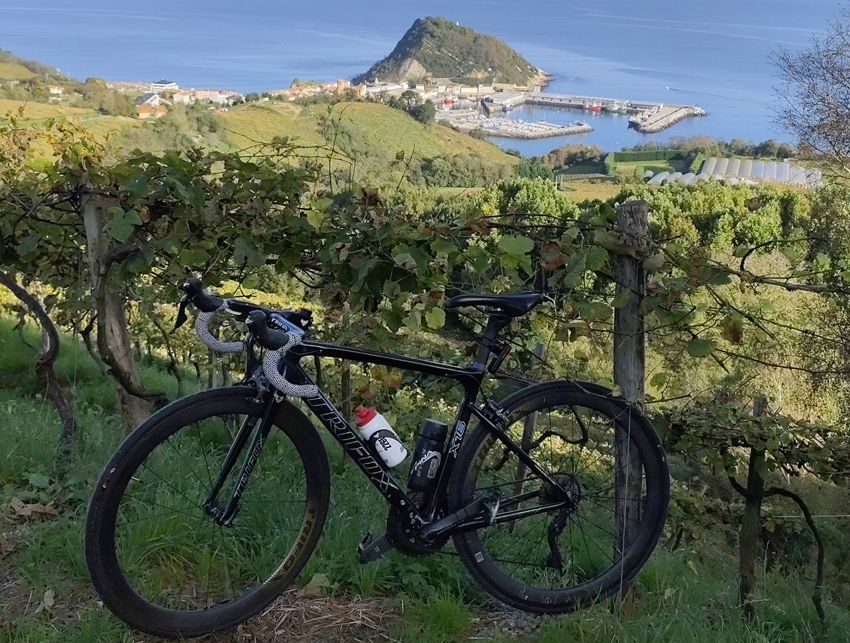
Overall, the Trifox X16 road bike frames embody a harmonious blend of innovative engineering, aesthetic versatility, and practical performance. Whether you opt for the disc brake X16TA or the classic V-brake X16QR, you are guaranteed a frame that not only meets but exceeds expectations, providing an unparalleled cycling experience.
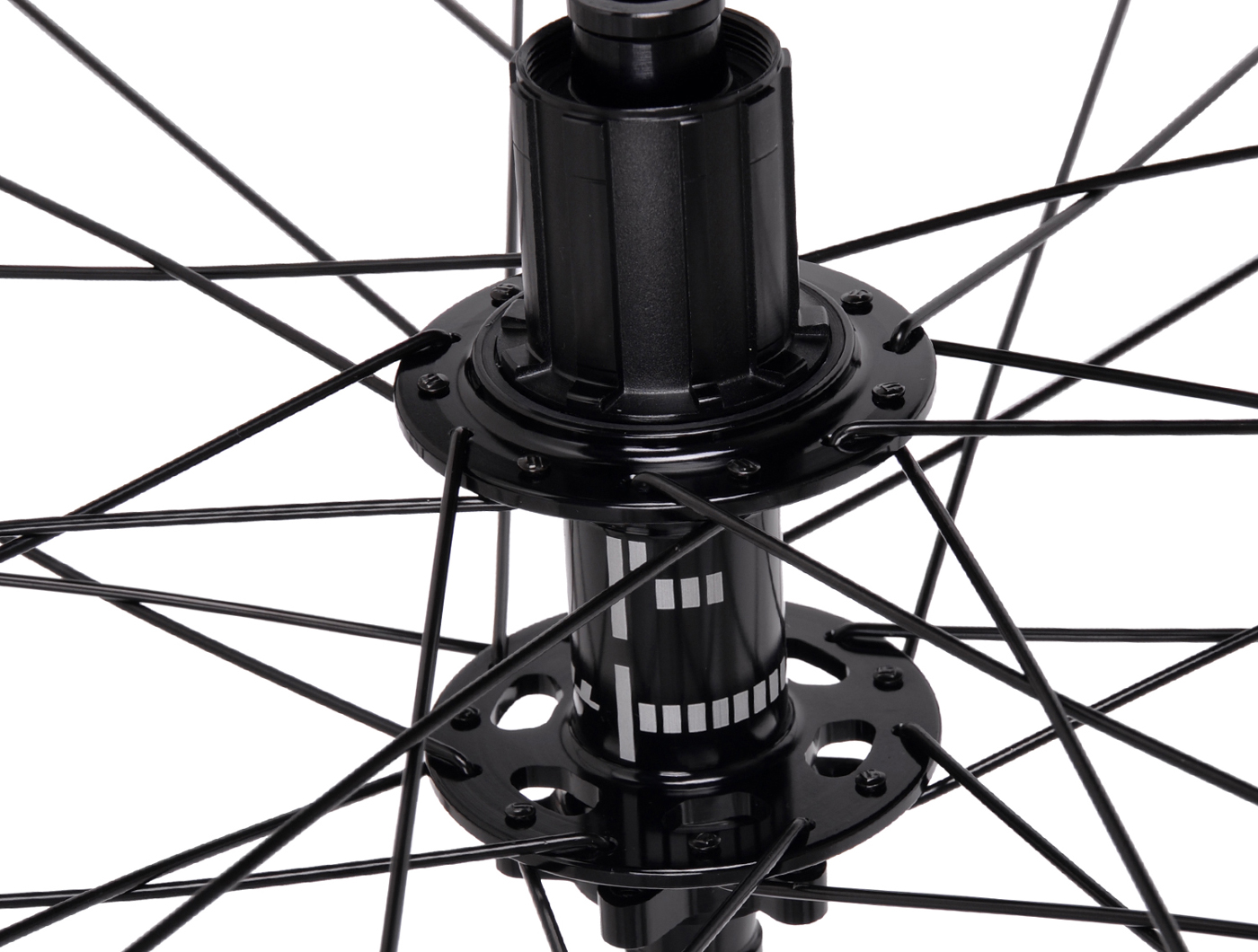
Choosing the right alloy 700c bicycle wheels can make a substantial difference in your cycling performance and experience. Whether you're a daily commuter, a weekend warrior, or a competitive cyclist, selecting the right wheels involves considering several key factors, including weight, durability, and cost.
Choosing Alloy 700c Bicycle Wheels
1. Consider Your Cycling Needs
- Commuting: If you're using your bike primarily for commuting, consider wheels that are durable and can withstand rougher terrains. Alloy wheels are a great choice as they offer a balance between strength and weight, making them ideal for everyday use.
- Racing: For competitive cycling, weight becomes a critical factor. Lighter wheels contribute to faster acceleration and improved climbing ability. Alloy wheels like the AWT7 from Trifox, which offer a blend of lightness and performance at a reduced cost, could be an ideal option.
- Touring: For long-distance touring, durability and comfort take precedence. Look for wheels that offer a comfortable ride and can endure long periods of cycling without wear. Alloy wheels with a robust build and good shock absorption properties will serve you well.
2. Evaluate Weight and Durability
- Weight: Alloy wheels are generally lighter than their steel counterparts but heavier than carbon wheels. However, they provide an excellent middle ground, offering the advantages of lightweight construction while maintaining a lower price point compared to carbon wheels.
- Durability: Alloy is known for its resilience. When choosing wheels, ensure they can handle the types of roads and conditions you usually encounter. Products like Trifox's Alloy Road Bike Wheels AWT18 are designed to offer a good balance between weight and durability, making them a reliable choice for various cycling activities.
3. Assess Cost and Value
- Budget: Alloy wheels are available at various price points, making them accessible for different budgets. Trifox offers competitive pricing on their wheels, with significant discounts and free shipping for orders over $50, enhancing value without compromising quality.
- Value: Look for wheels that provide excellent value through features like enhanced aerodynamics, quality materials, and good customer service. Trifox, for example, offers 24/7 live chat support, ensuring that you have assistance whenever needed.
Maintaining Your Alloy 700c Bicycle Wheels
Proper maintenance is crucial to ensure the longevity and performance of your alloy wheels. Here are some essential tips:
1. Regular Cleaning
- Clean your wheels regularly to remove dirt, grime, and brake dust that can wear down the rims. Use mild soap and water, and avoid harsh chemicals that can damage the alloy.
2. Inspect for Damage
- Regularly inspect your wheels for signs of damage such as cracks or dents, which can compromise safety. Pay special attention to the rims and spokes, especially after long rides or rough terrain.
3. Check Spoke Tension
- Ensure that the spokes are evenly tensioned to maintain wheel integrity. Uneven tension can lead to wheel wobble and reduce performance. If you're unsure, consulting a professional for spoke adjustments can be beneficial.
4. Monitor Tire Pressure
- Keeping your tires at the recommended pressure reduces stress on the wheels and enhances performance. Under-inflation can lead to pinch flats, while over-inflation can cause the tire to blow off the rim.
5. Store Properly
- When not in use, store your bike in a dry place away from extreme temperature changes, which can affect the integrity of alloy materials.

By carefully choosing and diligently maintaining your alloy 700c bicycle wheels, you'll enjoy a smoother, more efficient ride. Brands like Trifox offer quality options that cater to different needs, ensuring you find the perfect fit for your cycling adventures. With the right approach, your wheels can provide reliable performance for many miles to come.

Optimizing your ride with an ultra light road bike like the Trifox Ultra Light SF-QR 2.0 involves leveraging its standout features for peak performance.
This bike, crafted from T800 carbon fiber, offers a remarkable strength-to-weight ratio, weighing just 8.6kg. Its lightweight nature enhances speed and agility, making climbs easier and long rides less fatiguing. The carbon fiber construction also improves vibration dampening, offering a smoother ride on varied terrain.
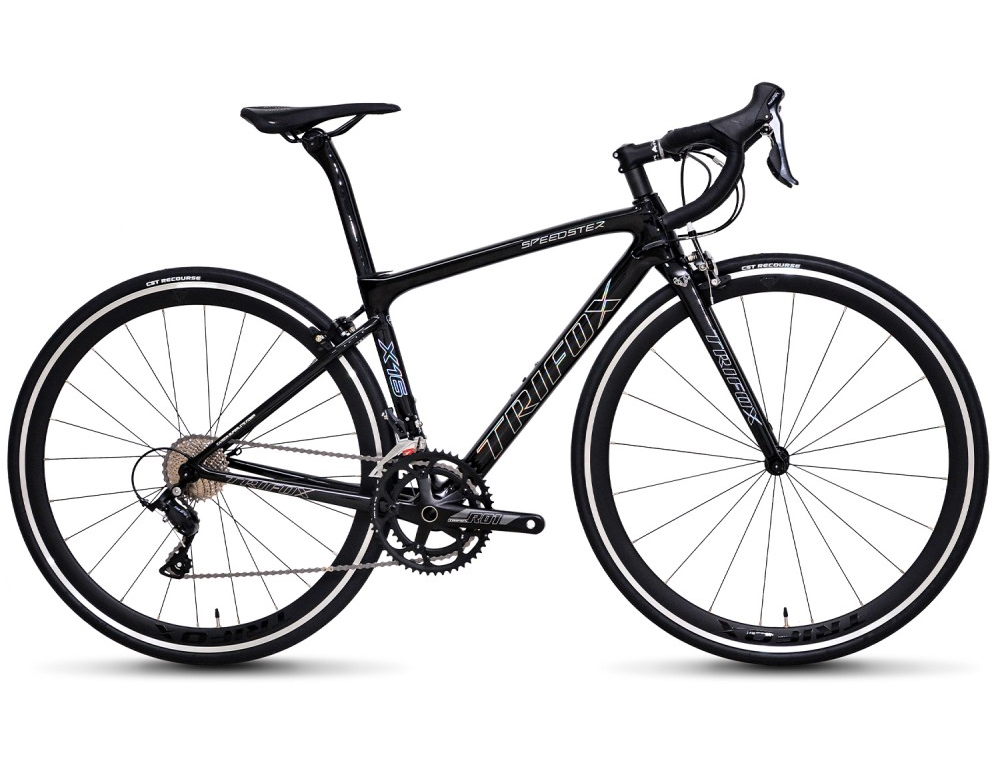
Equipped with the Shimano Sora R3000 groupset, the Ultra Light SF-QR 2.0 ensures smooth and precise shifting across its 2x9 speed setup. This efficient drivetrain allows riders to seamlessly adjust to changing inclines and conditions, maintaining optimal momentum throughout their journey.
Aerodynamic design is another key aspect, with partially internal cable routing that minimizes wind resistance and protects cables from wear. This design not only enhances speed but also contributes to the bike's sleek, clean look.
For optimal performance, regular maintenance is crucial. Check and adjust tire pressure for different road conditions, and ensure the drivetrain is clean and well-lubricated to prevent wear and maintain efficiency. Adjust the saddle and handlebar height for comfort and improved control.
Selecting the right size is vital for comfort and efficiency. The SF-QR 2.0 offers sizes from 44cm to 58cm, catering to riders from 150cm to 191cm tall. Proper sizing ensures better posture, reducing strain and enhancing power transfer.
Using an ultra light road bike like the Trifox Ultra Light SF-QR 2.0 can significantly enhance speed and efficiency, allowing you to enjoy a superior riding experience. By focusing on its features and maintaining optimal settings, you can unlock the full potential of your road biking adventures.

























































